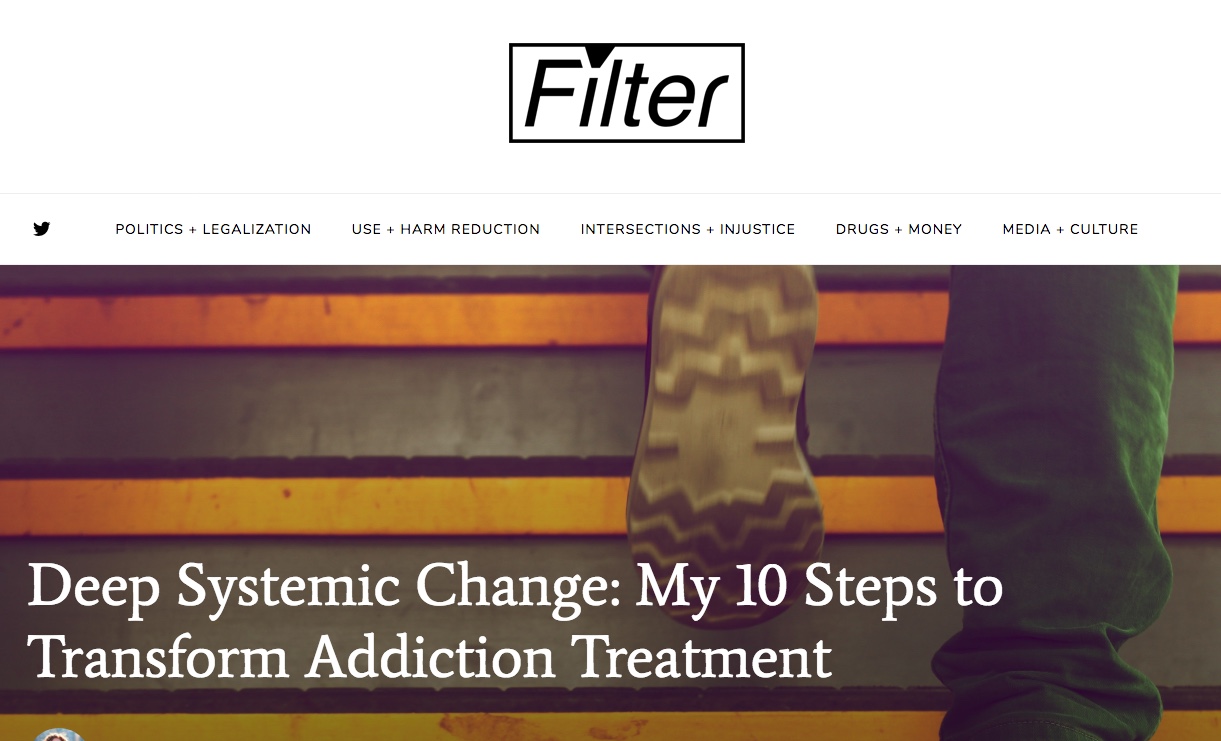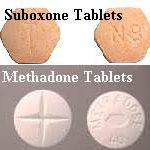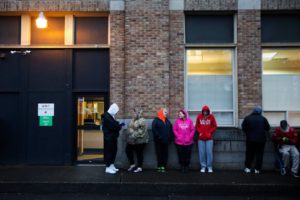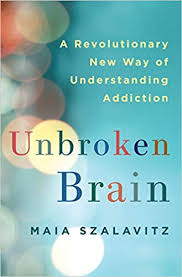For years, Maia Szalavitz has been making insightful, practical, and evidence-based contributions to the struggle against “the War on Drugs” and the harmful policies that emerge from it. With her permission, and the permission of editor Will Godfrey, I’m posting passages from an article she published in Filter, a magazine covering drug use, drug policy and human rights, on October 8, 2018. This is the most important article on opioid addiction treatment I’ve ever read.

The following text is Maia’s writing, though I’ve spliced and diced it and extracted only the key components (in my view).
………………..
As panel after summit after commission after white paper is put forward claiming to solve the overdose crisis, you’d think that somewhere there’d be a short, sensible guide for how to improve our health care system to better manage addiction and pain.
But most of these reports and discussions dance around the edges and bureaucratic obstacles to change. Few address the fact that deep systemic change is needed.
1) Genuinely expand access to medication treatment—yesterday.
We have two drugs that are proven to cut the death rate from opioid addiction by half or more when used long term: methadone and buprenorphine. Anyone who is addicted to opioids and wants to get even a single dose once should be  able to access these medications on demand—in hospitals, doctor’s offices, emergency rooms and syringe exchange programs…. No urines or counseling or abstinence from opioids or other substances should be required to get these drugs, just as those barriers are not imposed on people with other disorders who need medication.
able to access these medications on demand—in hospitals, doctor’s offices, emergency rooms and syringe exchange programs…. No urines or counseling or abstinence from opioids or other substances should be required to get these drugs, just as those barriers are not imposed on people with other disorders who need medication.
The DEA and state prosecutors also need to stop targeting buprenorphine prescribers, regardless of whether they are providing optimum care. Simple access to the medication saves lives: Get out of the way!
2) Stop forced tapering of pain patients and provide real access to proven alternatives.
In response to the overdose crisis, in 2016 the Centers for Disease Control released a set of guidelines intended to reduce overuse of opioids in the treatment of chronic pain in primary care… [T]hese were rapidly “weaponized,” as Dr. Stefan Kertesz of the University of Alabama put it in an excellent paper.
Basically, the guidelines are now seen as the national standard of care—and stepping outside the maximum recommended dosages is viewed as flirting with medical board or even prosecutorial scrutiny, even for specialists. Their recommendations are being applied indiscriminately, with even some cancer and end-of-life patients being denied adequate pain relief.
 Simultaneously…many doctors have simply decided to stop prescribing opioids, period. States are also creating rigid policies while insurers and pharmacies are increasingly restricting what they will allow…
Simultaneously…many doctors have simply decided to stop prescribing opioids, period. States are also creating rigid policies while insurers and pharmacies are increasingly restricting what they will allow…  The result is tens of thousands of patients—many of whom were formerly medically stable—being left in pain, increased disability and withdrawal. Dozens of suicides by pain patients have been reported. People with addictions whose prescriptions are cut are not being helped either. This simply makes their addiction more dangerous by pushing them to street drugs. It is not treatment…
The result is tens of thousands of patients—many of whom were formerly medically stable—being left in pain, increased disability and withdrawal. Dozens of suicides by pain patients have been reported. People with addictions whose prescriptions are cut are not being helped either. This simply makes their addiction more dangerous by pushing them to street drugs. It is not treatment…
No evidence shows benefit from forced taper; some suggests severe harm.
3) Create a tiered system for addiction medication access.
For harm reduction, what’s needed is a welcoming place where people can simply get a dose of medication and see some friendly faces. This…provides rapid access and guidance  into care for those who decide they do want additional help…If you are successfully managing any ongoing mental health issues, you don’t need to keep showing up at a clinic.
into care for those who decide they do want additional help…If you are successfully managing any ongoing mental health issues, you don’t need to keep showing up at a clinic.
For stabilization, people who want to put their lives back together need easy access to services that meet their particular needs, such as counseling, medication-friendly peer support, psychiatric care, housing and job training…. [T]he goal is no use of non-prescribed opioids, but it is flexible and nonjudgmental. For example, in an effective system, non-medical marijuana use would be ignored…
After people have been stabilized, however, they will need the third track, which [avoids] interaction with people who are still actively addicted. If you have a job and family and are successfully managing any ongoing mental health issues, you don’t need to keep showing up at a clinic or get further counseling. This track—sometimes called “medical maintenance”—basically requires a once-a-month check-in to get medication via a primary care doctor and ensure all is well.
5) Create and fund a full range of harm reduction services.
 In order to save lives, we need safer consumption spaces (or better yet, call them “overdose prevention sites”) in areas where drug use and sales are concentrated…
In order to save lives, we need safer consumption spaces (or better yet, call them “overdose prevention sites”) in areas where drug use and sales are concentrated…
 We also need shelters and housing, separate from those aimed at stabilization and abstinence, for people who are actively addicted, many of whom are also mentally ill and have symptoms related to severe trauma. When people have safe places to live and to use drugs, they are both much more likely to survive and much more likely to find ways to sustained recovery.
We also need shelters and housing, separate from those aimed at stabilization and abstinence, for people who are actively addicted, many of whom are also mentally ill and have symptoms related to severe trauma. When people have safe places to live and to use drugs, they are both much more likely to survive and much more likely to find ways to sustained recovery.
6) Decouple “beds” from treatment.
People with addiction have a wide range of individual needs, and institutional “programs” will never be able to meet all of them. Moreover, once a treatment “bed” is labeled as such, it generally becomes more expensive than an ordinary, safe place to stay. “Sober homes”  also tend to be based on a 12-step ideology, which is fine for those who find that pathway amenable, but not for those who don’t—and not when that ideology is interpreted to stigmatize and discourage medication use.
also tend to be based on a 12-step ideology, which is fine for those who find that pathway amenable, but not for those who don’t—and not when that ideology is interpreted to stigmatize and discourage medication use.
For most illnesses, medical and psychiatric, people recover better when they can stay in their own home with their friends and family nearby…….
The mental health field has recognized that institutionalization is generally harmful and that, when needed, should only be used for the shortest possible time. Addiction treatment needs to catch up.
We need a system that provides a menu of individualized options—not residences staffed mainly by non-medical people that charge inpatient hospital care rates.
9) Decriminalize drug possession.
Since possession arrests do not deter drug use, raise drug prices or treat addiction, every cent spent [arresting and jailing people for drug possession] is wasted. But it’s actually more harmful than that. People arrested and jailed for opioid addiction lose their tolerance and are three-to-five times more likely to overdose after release than if they had not been incarcerated.
Worse, the primary purpose of criminalization is to stigmatize drug use and people who take drugs—if criminalization is to deter people, it must stigmatize. And that stigma, of course, is a huge barrier to getting people into treatment whether for addiction or for overdose; to making treatment more effective; to expanding harm reduction; and basically to everything we need to do to end the crisis.
10) Make universal health care happen.
While having a national health care system in the US once seemed to be a pipe dream, the increasing embrace of “Medicare for all” by Democrats and the fact that majorities now support it in polls means that—providing we survive the  current administration—it may soon be possible.
current administration—it may soon be possible.
……………………….
Reprinted from an article by Maia Szalavitz, October 8, 2018. Please see the full article, published by Filter. Here is the direct link. You can follow Filter on Facebook or Twitter. Maia’s recent book is available at Amazon and other outlets.

Leave a Reply to Colin Brewer Cancel reply